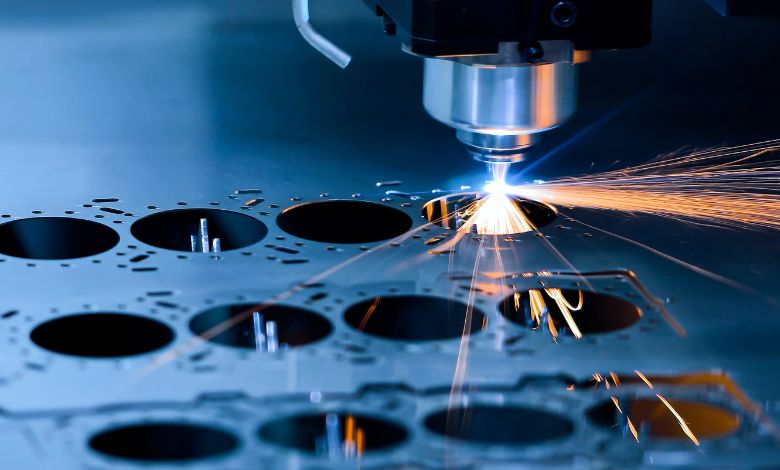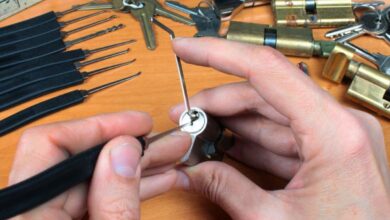
Different Types of Metal Customization Techniques
Metal customization is crucial for creating products that meet an array of needs. Thanks to various advancements in technology, techniques such as laser cutting, metal etching, stamping, and casting are now available. These methods ensure the desired appearance, functionality, and quality of products while enabling efficient production. Keep reading to learn more about each of these different types of metal customization techniques.
Laser Cutting
Laser cutting is a precise metal customization technique that uses a high-powered laser to remove unwanted materials from metal sheets. It employs computer-aided design (CAD) software to produce intricate shapes and patterns, including fine details like holes and notches. One advantage of laser cutting is the absence of physical contact with the material, reducing equipment wear and tear. Because this technique uses a focused beam, it minimizes material waste and prevents damage to the surrounding material.
Metal Etching
Metal etching is a technique in which manufacturers chemically carve an intricate design or pattern into the surface of a metal piece. Controlled removal of the metal’s surface layer is possible by using an electrolytic process or chemicals like acid. For example, nitric acid solutions can play a critical role in this process. Metal etching is ideal for branding, logos, detailed artwork, and components with fine lines or patterns. Products that utilize metal etching include electronic circuits, jewelry, and printed circuit boards.
Metal Stamping
Metal stamping is a process where a die or mold presses and shapes a metal sheet to create the desired form. The stamping presses exert an immense force on the sheet, bending, stretching, and cutting it to produce the final design. This technique is ideal for creating large quantities consistently and quickly, making it cost-effective for mass manufacturing. Some common applications for metal stamping include car body panels, kitchen utensils, and aircraft components.
Metal Casting
Metal casting is a technique that involves pouring molten metal into a mold of the desired shape or pattern. Once the material cools and solidifies, a manufacturer removes the mold, leaving the finished product. Though casting typically requires the creation of a custom mold, it is still considered a cost-effective option for producing large quantities of complex shapes. Examples of products produced with metal casting include engine blocks, decorative cast iron pieces, and hardware components.
Different types of metal customization techniques offer a myriad of possibilities for crafting products with unique appearances, functionalities, and qualities. With these techniques, manufacturers can create intricate and high-quality products catered to various industries and individual preferences. And with the advancement of technology, these metal customization techniques will continue to evolve and expand, providing even more creative opportunities.






